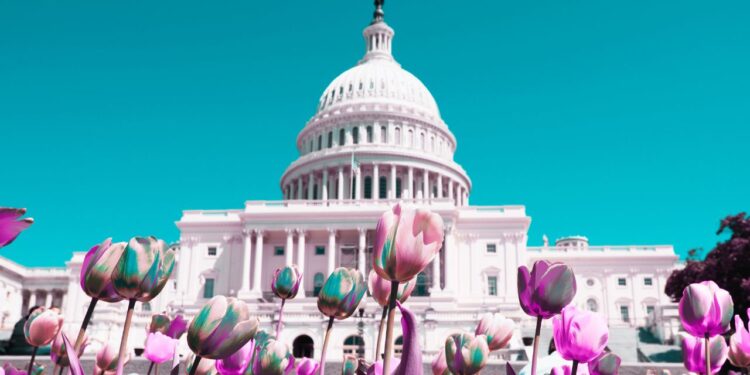Cities across the U.S. are desperate to fill vacant office buildings, and office-to-residential conversions are a popular choice to combat concurrent housing shortages. Washington, D.C., Mayor Muriel Bowser announced Thursday that the first of its conversions is complete — and it’s tailored for remote workers.
The city’s first major commercial office-to-residential conversion in downtown transformed what was formerly a U.S. Treasury Department office.
The Elle, located at 1111 20th Street, Northwest, is now a 163-unit residential property, marking the beginning of a broader city initiative to transform vacant office spaces into residential housing.
To motivate similar investments, Mayor Bowser announced D.C.’s “Office to Anything” program at the ribbon-cutting ceremony for The Elle. Funded in the Fiscal Year 2025 budget, the D.C. program offers a 15-year temporary property tax freeze to encourage the conversion of vacant office buildings into other uses including retail spaces, restaurants, and hotels.
“The transformation of Downtown D.C. is focused on people. We’re changing spaces and filling spaces with one big goal: to bring more people Downtown,” said Mayor Bowser.
Vacant office conversion strategies have been introduced in several large metro-areas across the U.S. In Chicago, the city hopes to fill empty office spaces by granting $150 million in subsidies to real estate developers converting outdated buildings into hotels in apartments.
The newly converted building is now primarily residential, but still includes some office-like amenities, including a coworking space that includes “pods and huddle rooms.” While traditional office spaces continue to face major challenges, coworking spaces have been proposed as a value proposition for developers. In Q2 2024, the U.S. coworking industry grew 7%. Similar developments could help keep more workers in downtown areas even if they have otherwise become hybrid or remote employees.
This lays the groundwork for creating more 15-minute cities Cities eager to revitalize their economy are turning to this model of city planning to encourage activity as remote and hybrid work policies continue to alter how people work and live. Put simply, a fifteen-minute city incorporates every basic resource or service a person may, including their workplace, within a 15-minute radius. The idea is that people can easily walk or bike these sub-cities and have access to everyday needs, such as small workspaces, grocery stores, gyms, banks, coffee shops, and more.


 Dr. Gleb Tsipursky – The Office Whisperer
Dr. Gleb Tsipursky – The Office Whisperer Nirit Cohen – WorkFutures
Nirit Cohen – WorkFutures Angela Howard – Culture Expert
Angela Howard – Culture Expert Drew Jones – Design & Innovation
Drew Jones – Design & Innovation Jonathan Price – CRE & Flex Expert
Jonathan Price – CRE & Flex Expert












